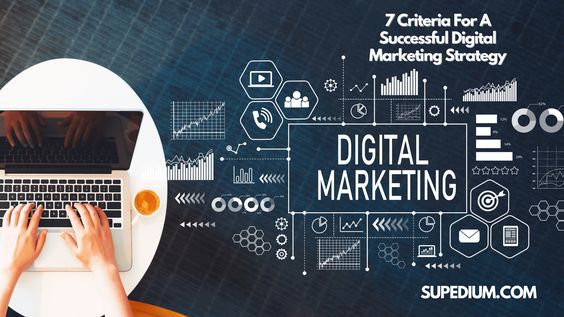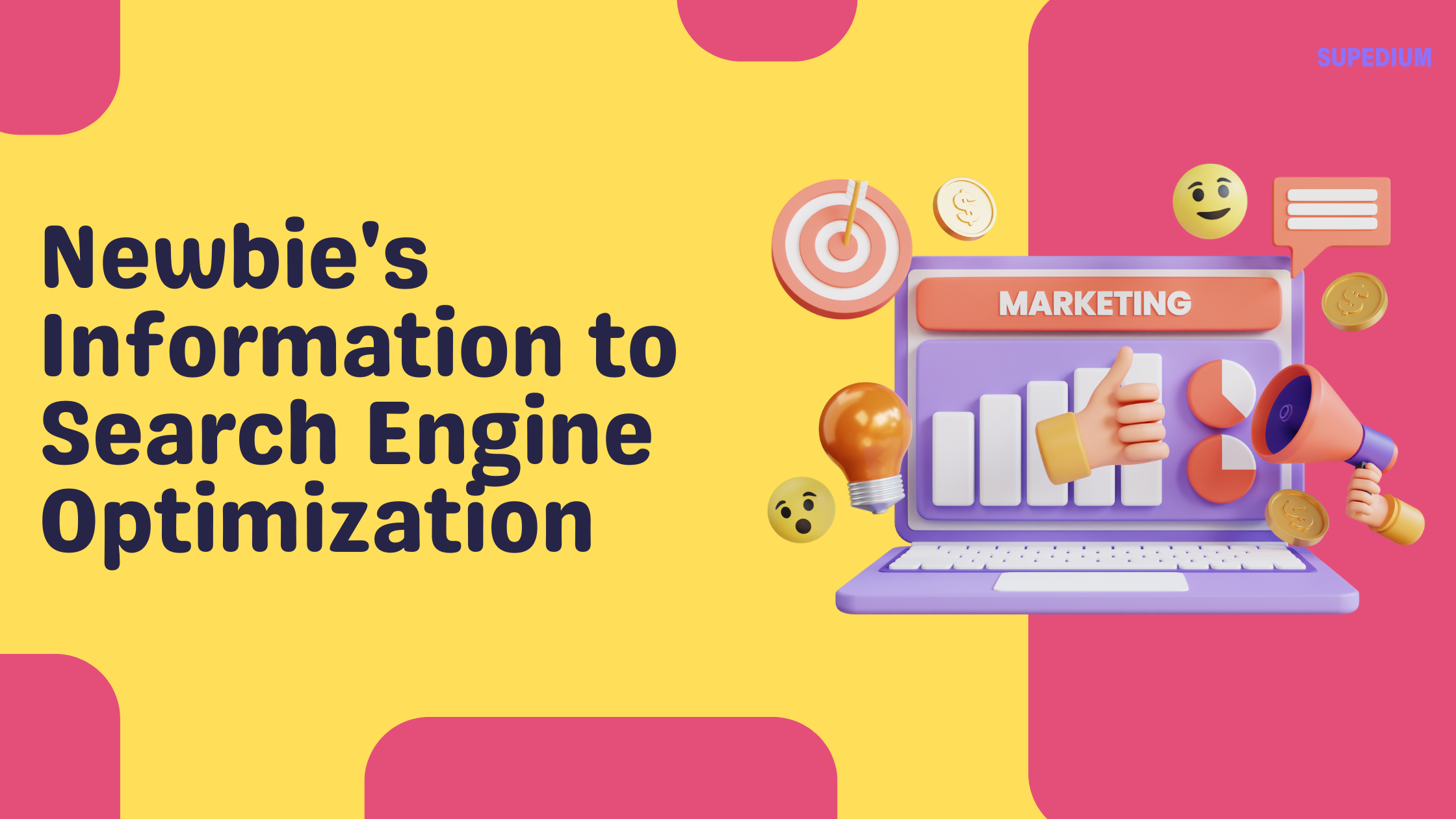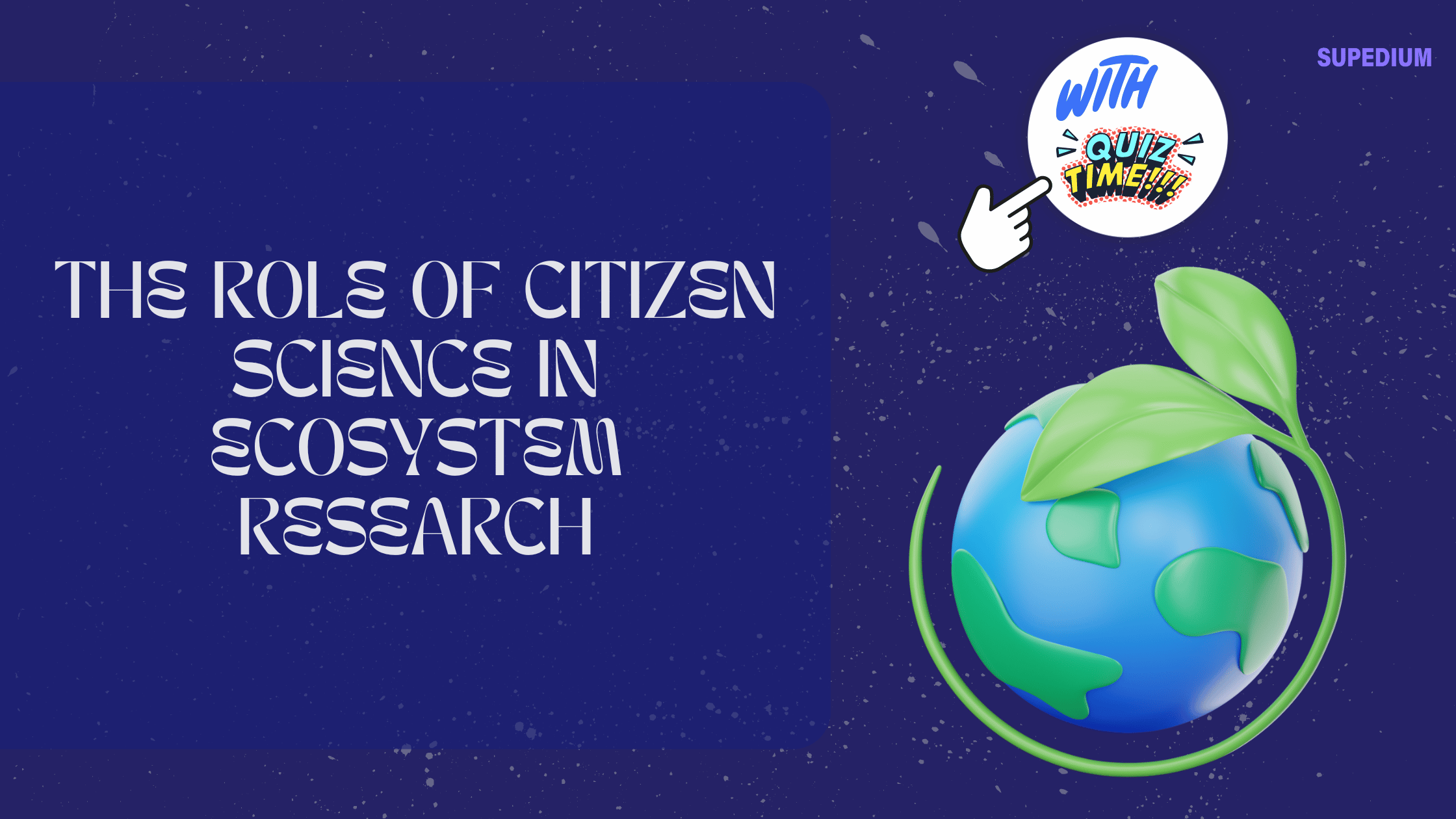Table of Contents
![]()
There is no way around using the internet for marketing in today’s economy. It’s hard to keep up with since every social media outlet has its expectations.
Fortunately, there are systems for an effective digital marketing strategy. These campaign tactics have helped to reduce the oppressive feeling of digital marketing. When you know this process, you can focus on your company and spend less time thinking about marketing.
There are seven things based on any effective digital marketing strategy. These elements are the foundations that hold the campaign steady in the changing online world. Let’s look at them together!
Campaign for Digital Marketing
Before we go into the process, let’s find out what a good campaign looks like. If we look at the active 2016 campaigns, what do we find?
Companies who run popular campaigns used pop cultural movements to draw publicity. This included live videos, memes, quick but effective ads and unique messages. Campaigns succeeded because they were special and made their case.
The 7 Principles
You need some basic information and ideas to start a campaign. Great digital marketing campaigns are not born overnight. Prepare to invest at least a week or to prepare your marketing strategy. The consistency of your campaign depends on the depth of your thinking.
I told you about the marketing campaign, but what does that mean? We’re going to address the seven concepts, six out of seven of which are in planning. These six pre-exposure concepts are part of the digital marketing strategy plan.
(1) Know Your Hearing
This is Marketing 101, and I know you’ve heard it before but it’s worth repeating: know your audience! The last thing you want to do is waste money on ads because it’s never used by potential customers.
Where do these potential clients spend their time online? Are they shopping online, reading news pages, or using social media? You need to know to be able to choose where to view your ads.
(2) Vision of Marketing
You know who your clients are and where they spend their time, so you’re ready to design your vision. What do you want to learn about your digital marketing campaign?
To find out what you’re going to say, know what you’re going to do with your campaign. What are your campaign goals? Are you worried about brand recognition or increased sales?
When you’ve decided your target, focus on making your content and designs fit into it.
(3) To make a budget
Typically, you don’t think of a budget as a design element of a digital marketing campaign, do you? But it’s as much a design factor as anything else. By developing a budget, you can decide which social media sites you can afford to advertise on.
Maybe a smaller budget means only focusing on Facebook ads, that’s all right! It’s a smart idea to know in advance so you don’t waste time and money making content for Instagram.
(4) Choose your platform(s)
This move might seem dumb to do before you create material but stay with me. If you choose where your content is going, you can customise it for each platform.
If you want to use Instagram, you’ll need something to display your message with a picture. You’ll need a great title and blurb for Facebook or Twitter if you’re looking for content marketing posts.
When you know where you are posting, you will build the correct content for that market.
(5) Develop Contents
It’s time to get the creative team to work! This is my favourite part of it. Depending on the channels you select, you may need different content.
Visual Contents
Make sure you use bold colours that fit well together. If you’re using photos for something like Instagram, make sure they’re not overcrowded with text. You want to get the message through quickly and easily. You can use picture captions to provide more detail.
Blogs for Content Marketing
If you want to use content marketing, it also needs to be visually enticing. Make sure that your spacing is right and not hard to read. People react well to images in papers, particularly infographics!
When choosing subjects, spend your time studying what attracts your audience. It’s a lot easier to interest them in something that’s already on their radar than something new.
That doesn’t mean you’re expected to write your version of famous posts. Creative titles and posts will give you more exposure than overdone themes.
(6) Choose the keywords
Keywords are important to all forms of marketing. They’re mainly thought of as something to scatter through papers, but they’re also visually important.
The use of keywords in visual marketing is distinct from content blogging. Ads and videos use hashtags to include clients with their campaigns.
Using the right keywords for your business and audience takes potential clients to you instead of trying to sell to them. Spend as much time studying the words you’re going to use with your hashtags as you would with content keywords.
(7) Engage Engage Engage Engage!
Congratulations, now that you’ve gone through all of these measures, you can post your stuff! But don’t sit back and relax, your job isn’t over yet. In the past, it was appropriate to send out marketing material and then consider advertising to be finished.
Here in the world of endless contact, you’ve got to communicate with what you’ve posted to keep afloat. When people engage with your posts, they respond to them or they like/favour their comments.
This is what makes people connect to your brand. By interacting with your customers, you’re reminding them that you’re not a huge, creepy company, but a community of people. Since you showed them that you respect them, they feel more likely to return that favour.
It’s not easy to build an effective digital marketing campaign. It takes a lot of thinking and long hours of study. But if you do it right, it is possible in terms of business growth.
Share This





Be the first to comment